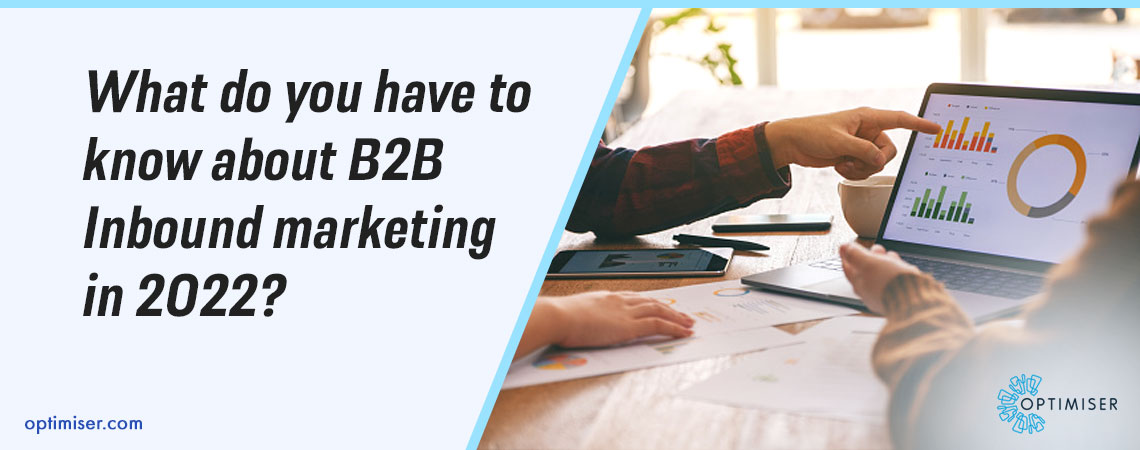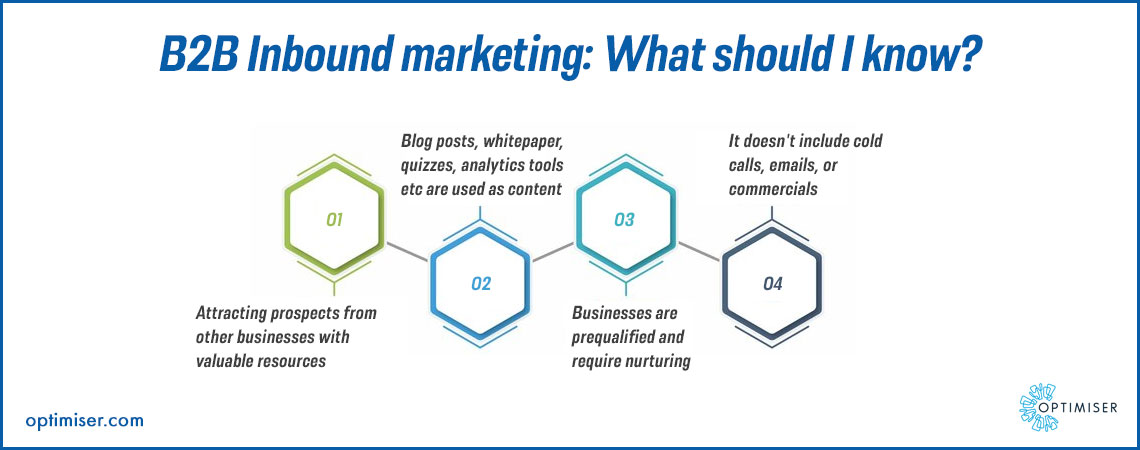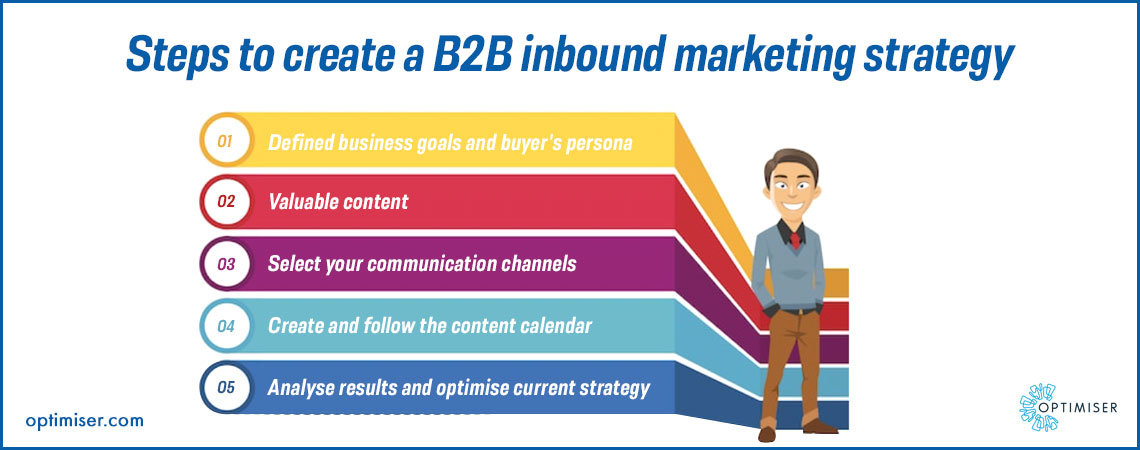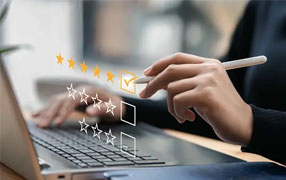
Marketing
What do you have to know about B2B Inbound marketing in 2022?
Before diving into B2B Inbound marketing, it is important to understand B2B marketing and inbound marketing separately. B2B marketing ( Business to business marketing) is a process where a business markets its products and/ or services to other businesses. In B2C (Business to consumer marketing), businesses generate demands for the individual consumer. Marketing automation software b2b such as Optimiser allows a business to collect data and analyse it for effective strategies. B2B marketing takes a different approach that tackles the type of industry, company size and other factors.
On the other hand, Inbound Marketing is a business tactic used to draw customers by creating informative content that they would find valuable. This tactic forms a connection with the customers by solving their problems and offers an experience that is individually tailored. Inbound marketing uses content marketing, events, blogs, SEO, and social media to gather leads.
The inbound tactic can be used in the following ways:
Attract: Drawing the right leads with content and conversation that would establish your business as trustworthy.
Engage: Offering insights and solutions that solve the consumer's problems and align with their goals to increase the chances of them purchasing from a business.
Delight: Supplying support and help after purchasing the product so that the customer can enjoy the full benefit of the product service.
Now that we are clear on what Inbound marketing and B2B marketing are, let's discuss B2B Inbound marketing:
B2B Inbound marketing attracts and persuades the prospects from one business to the products/ services of another business using valuable resources. This methodology uses blog posts, whitepapers, surveys, analytical tools and even quizzes. In B2B Inbound marketing, you do not have to look for the desired target audience. Similar to inbound marketing, businesses contact you if they require your services. Your prospects are pre-qualified because the demand already exists and they have sought you out.
This tactic does not include cold calling, emails, or commercials. It is a passive way to promote your brand and more or less, polite.

Inbound marketing vs. Outbound marketing vs. Content marketing
Inbound marketing and outbound marketing are actively used by organisations to grow their business. Inbound attracts users, customers and prospects to the business. Outbound, on the other hand, involves finding out your target audience and seeking them out through cold calls and emailing.
Inbound marketing consists of customers coming to you whereas in outbound you approach the customers.
In the case of content marketing as compared to inbound marketing, content marketing is a component of inbound marketing. Content marketing is used to create content and disseminate it on different communication channels such as Instagram, Linkedin, website blogs etc. The customers that fit your ideal buyer's persona will engage with the content put out and initiate a conversation with your brand.

You May Also Like: Marketing Productivity with CRM
Steps to create a B2B inbound marketing strategy
In simple 5 steps, you can get started with your B2B inbound marketing strategy:
Step 1: Define buyer's persona
Inbound marketing has customers approaching the brand rather than the opposite. But that doesn't mean you do not research your target audience. Identify the customers that will find your products ideal. You can not produce valuable content if you do not know your audience.
To draft the perfect B2B inbound marketing strategy, a marketing resource management software like Optimiser can assist you to understand your audience with customer segmentation and zone in on their pain points.
Step 2: Creating content
Content creation will follow after you have learned about your customer's pain points and the questions that they might have at every stage of their buyer's journey.
Valuable content brings in new leads, keeps the current customer engaged and boosts the retention rate.
Step 3: Communication channels
The channels used to deliver the content are important. Social media platforms such as Instagram and LinkedIn reach thousands of people at once. Blogs on websites can be promoted through keywords to rank on search engines.
Step 4: Content Calendar
Creating a content calendar can ensure that you are consistent with your efforts and keeps your content relevant and fresh. It ensures that the audience is engaged. The constant stream of content will answer questions, and issues as well as allow you to learn more details about customer pain points. This will enable you to establish yourself as a trustworthy brand.
Step 5: Analyse results and optimise current strategy
SEO rankings, inbound links and the articles published can provide insights into how the campaigns are performing. Weekly analysis of content can enable you to understand the effectiveness of your B2B inbound marketing strategy and how to improve it.
How Optimiser CRM can help with B2B inbound marketing strategy?
Optimiser's Marketing Suite allows a business to achieve more with the help of AI automation to increase productivity and save resources.
With Optimiser, businesses can segment customers based on demography, history, purchase behaviour and more. Once they are categorised into different segments, you can create personalised campaigns for every group based on their expectations and interests.
The unique needs of your audience can be addressed with detailed data collection and insights. Your marketing teams can become more creative with the design templates for email marketing. Feedback reports, CTR, bounce rate and conversions can be tracked from one platform and the data can be accessed from the cloud at any time and from anywhere.
SUMMARY
B2B inbound marketing strategy is an excellent means to attract customers who already are interested in your products. By providing them with the resolutions that they are looking for, your leads will be able to identify your brand as the solution that will solve their problems.

30 days free trial. No credit card required
 One powerful platform
One powerful platform
 Simple to use
Simple to use
 Comprehensive
Comprehensive



